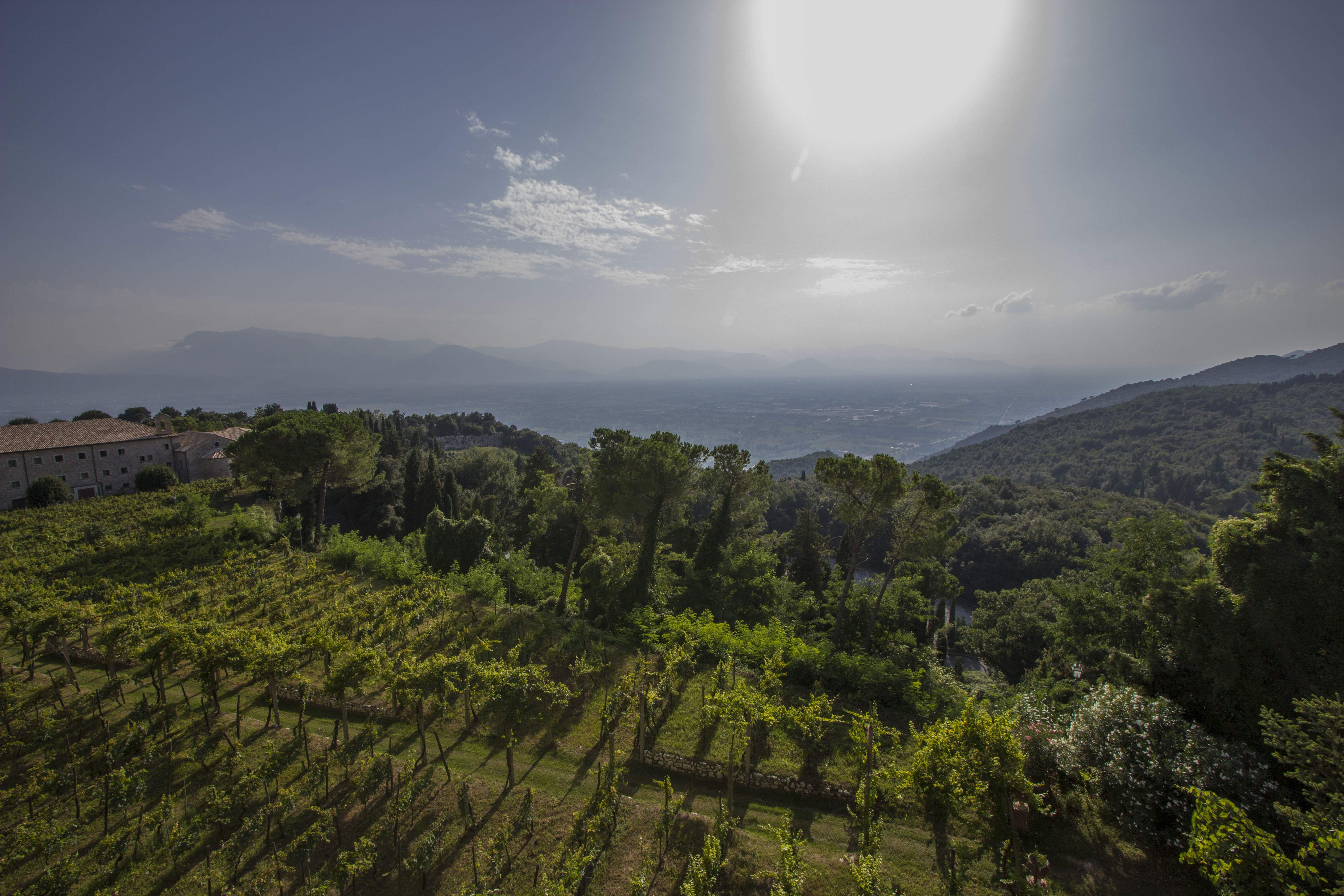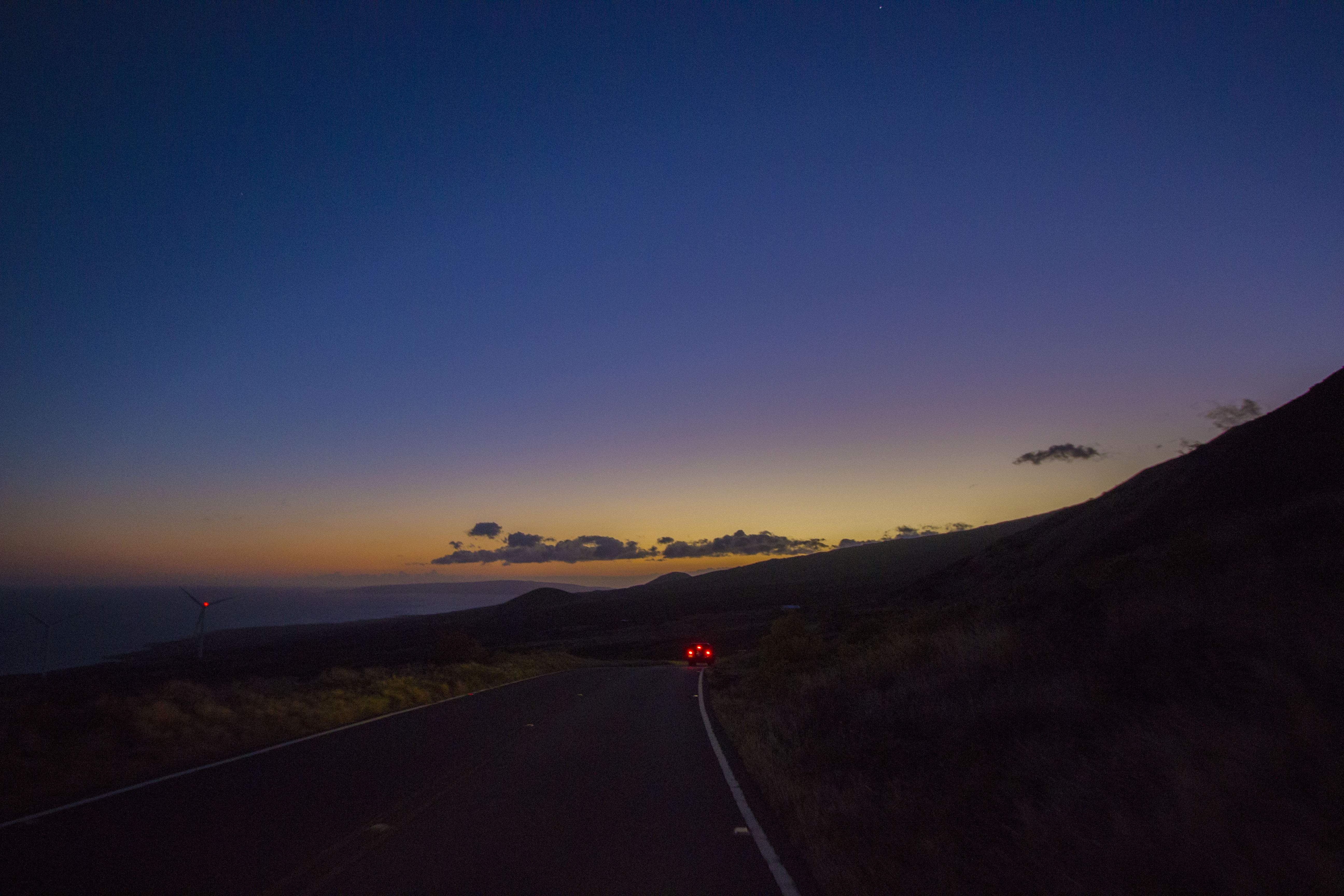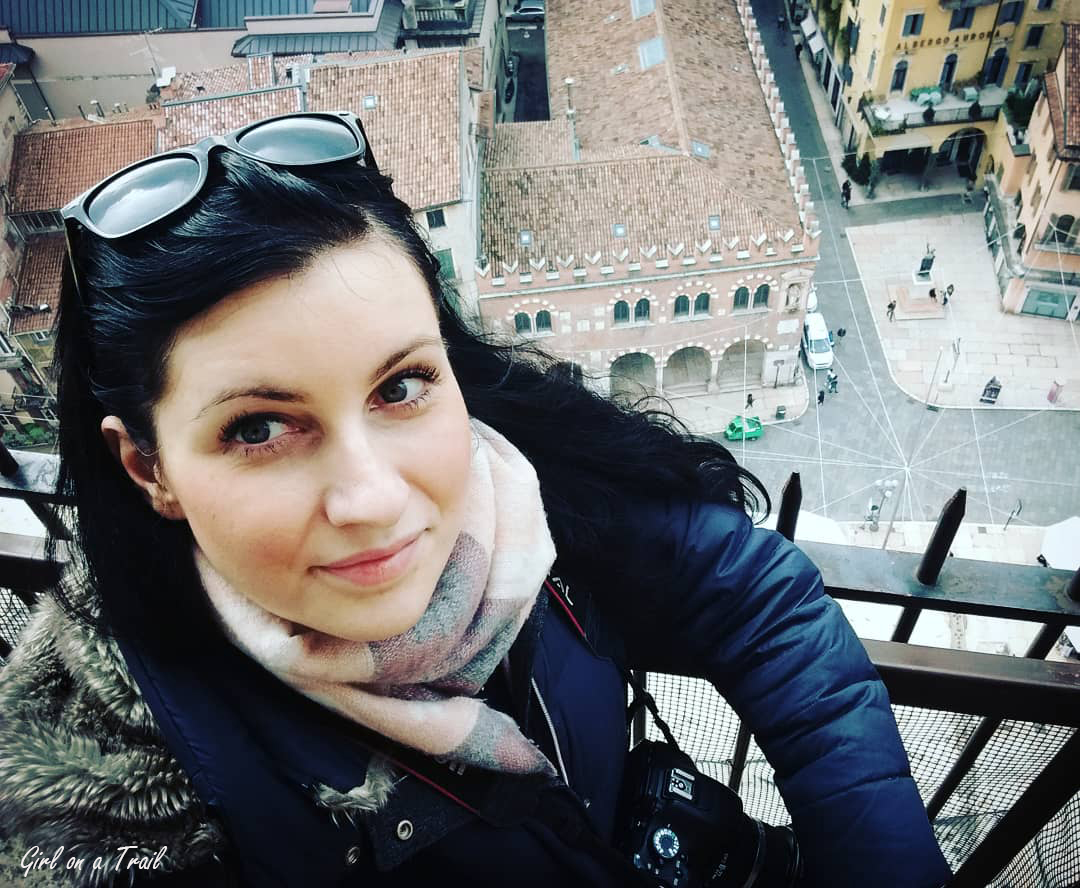
Monte Cassino – Passer-by, go tell Poland…

Since I remember, I have always been interested in history, especially this connected with WWII. After visiting Monte Cassino, I think that even the best written history of this heroic battle can’t evoke such intensive thoughts and emotions as visit in this place.
During ascending to the top of this hill one can realize how strategically important was this location. During WWII it enabled to control a large area of Liri river valley and most of all the route to Rome.

On the way to the top it’s well worth visiting The Memorial Museum of the 2nd Polish Corps of General Władysław Anders which took part in this battle. According to the information from this museum, it wasn’t only one battle but in fact it consisted of 4 battles which took place nearly 5 months.
First attack took place between 17th – 25th of January 1944. It was made by Americans who decided to proceed to frontal attack. Unfortunately crossing torrential river – Rapido resulted in failure. Those who managed to cross it, were killed by German marksmen. Enormous losses on US side, were the reason to make a decision to bombard historic Benedictine abbey. On 15th February, 256 bombers dropped 576 tons of bombs during 3 hour air raid.

This barbaric act outraged all world because this abbey was also called “The Athens of the Middle Ages”. Abbey was built in 529 and it was famous for a great amount of valuable manuscripts and known as a important historic building.


During bombarding there were no German soldiers as German Reich headquarters had decided not to use it for military purposes in view of its historical value. This decision was in fact a big mistake because, bombardment enabled Germans to take strategically located underground positions of the abbey.

Another two attacks took place between 15th – 18th of February and 15th – 25th of March. During this period efficient thrust was impossible in a quagmire caused by torrential rains.
The last battle took place form 11th to 18th May. During this battle the 2nd Polish Corps attacked in the most difficult conditions. One can think that the 519 m high hill posed no challenge but during ascending this hill I realized how bravery were the Polish soldiers. Just imagine these fully armored soldiers climbing a very steep mountain, in the constant artillery and marksmen fire!

On 18th May in the morning, 12th Podolski Lancers Regiment placed Polish flag on the Monte Cassino peak.

The victory came at a high price, with at least 312,000 casualties on the Allies side and 435,000 casualties on the German side. The most difficult actions took place on Gustav Line, there fought soldiers from: Poland, United States, Italy, France, United Kingdom, India, New Zealand, Canada and even South Africa.
Polish price for this victory was enormous: 924 soldiers dead, 2930 were injured and with 345 missing in action.

Cemetery wall is decorated with the inscription: “Passer-by, go tell Poland, that we have perished obedient to her service”

Polish Military Cemetery was built here in 1945. 1072 Polish soldiers rest here. There’s also a grave of General Władysław Anders and his wife – Irena.
After the Battle of Monte Cassino, General Władysław Anders had to stay abroad. He was condemned for enormous Polish losses in this battle by former Polish government but in fact he has remained Polish hero.

If you are in the neighborhood of this cemetery, come and visit our soldiers, light a candle and feel the history of this place. It’s not only a symbol of our great loss but also our great pride.


















